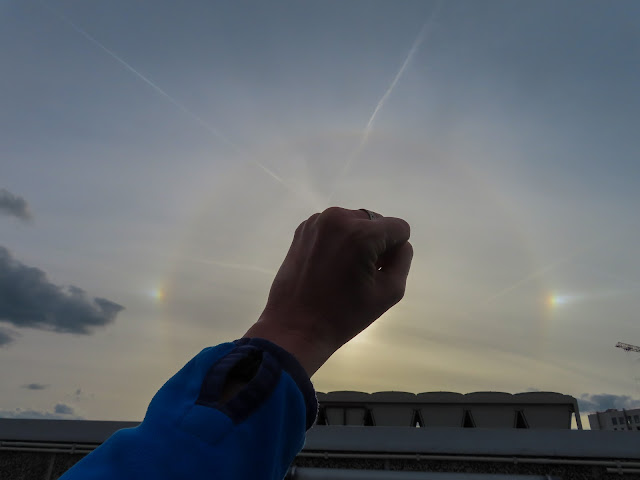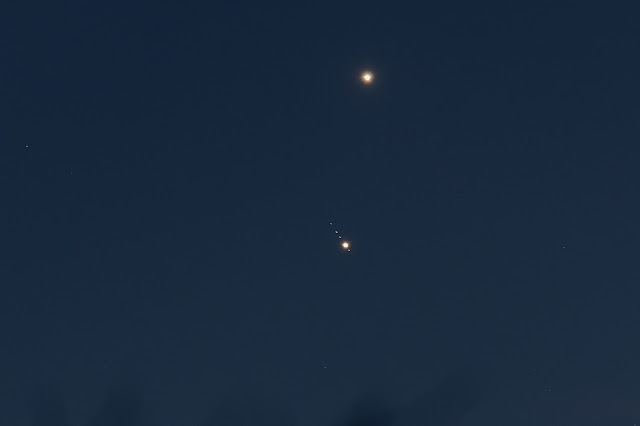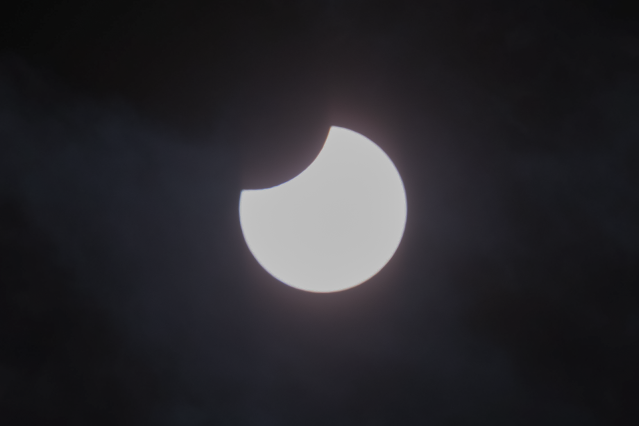Installing the Howie Glatter Sling

On May 4, 2023, I ordered the Howie Glatter Cable Sling. The Howie Glatter sling is a new support for the primary mirror of my 18" Obsession. It has a few advantages over the standard Kevlar sling: Stability and Consistency: The main advantage of the Howie Glatter Cable Sling is that it provides stable support for the primary mirror, because the cable sling doesn’t stretch or slip off the mirror. Equal Mass Distribution: The cable sling has equal mass on both sides of the cable, which helps to reduce astigmatism. By maintaining balance, the cable sling minimizes any distortions caused by uneven weight distribution. Edge Support: The Howie Glatter Cable Sling restrains the mirror to its lowest equilibrium position, eliminating sideways miscollimation. The Howie Glatter sling ensures better collimation and overall performance. The edge support ensures that the mirror remains properly aligned during an observation session. The Howie Glatter sling arrived on September 25, 2023. It











